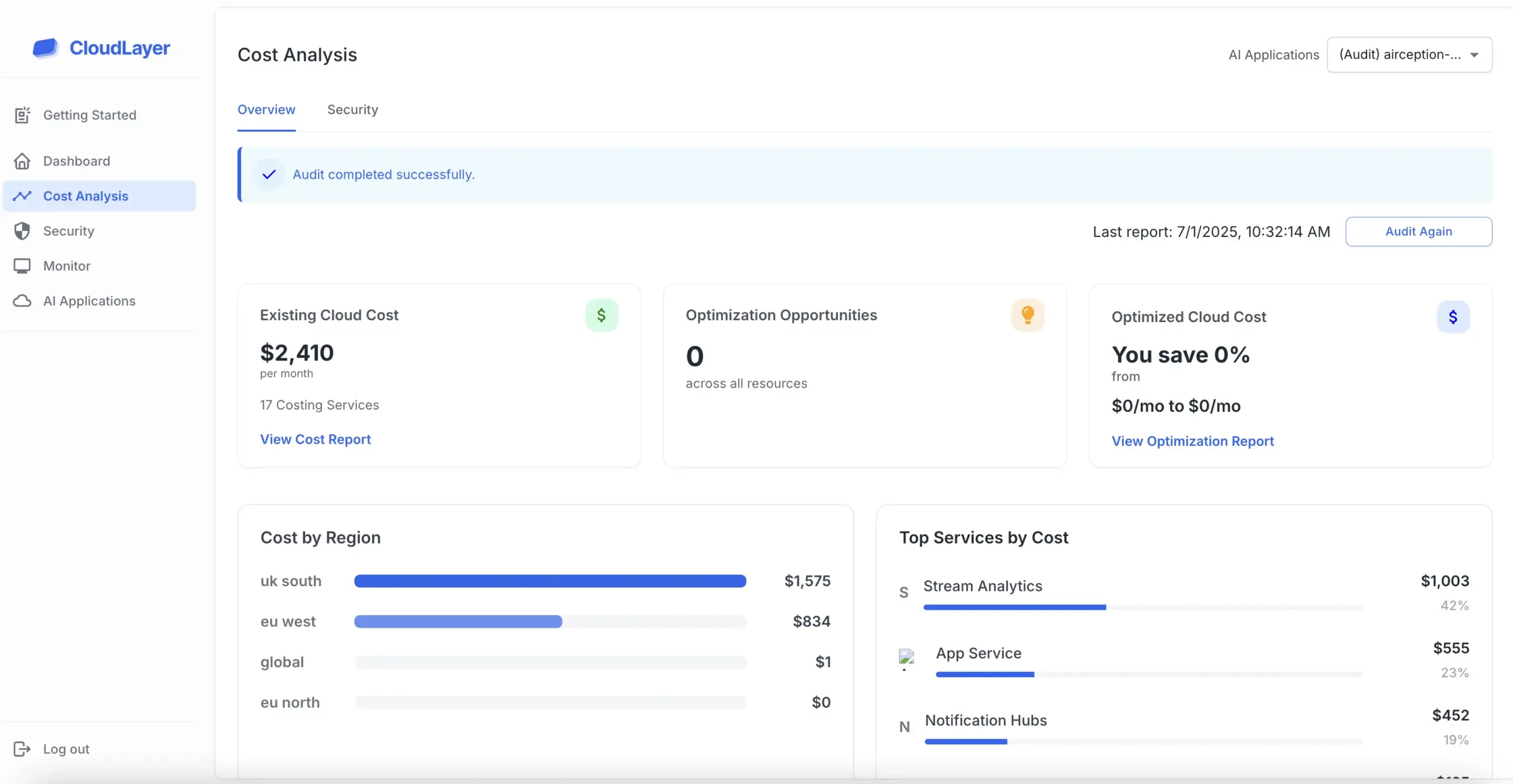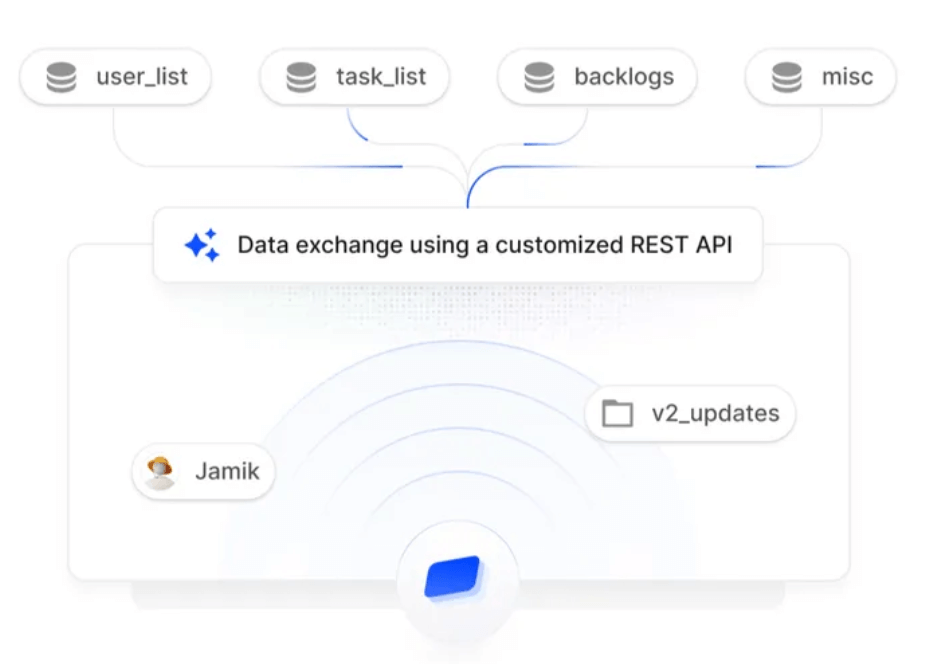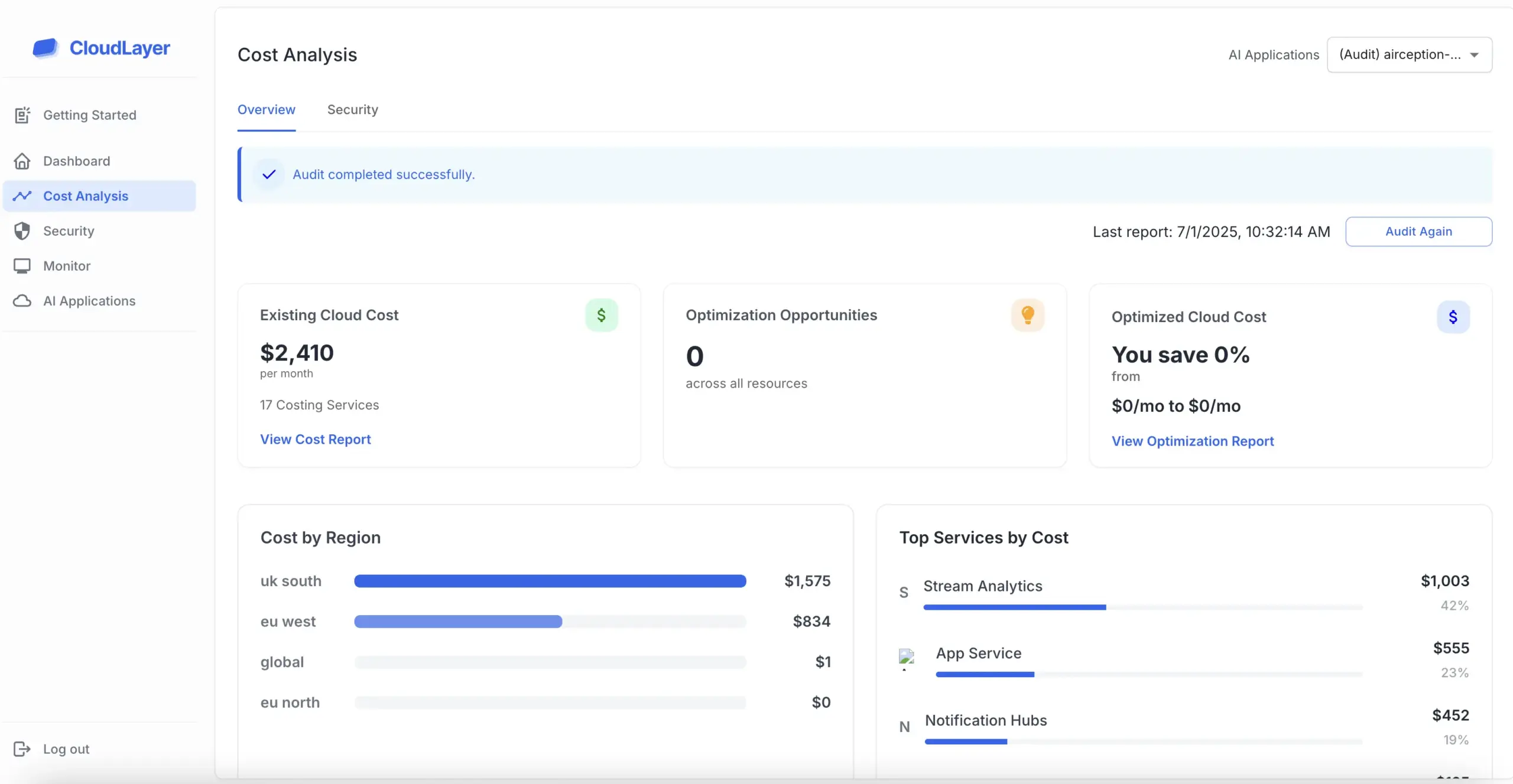

HIPAA was introduced in 1996 to address the growing need for health information security in an increasingly digital world. The act has evolved over the years to adapt to technological advancements and the changing landscape of healthcare.

The main provisions of HIPAA include the Privacy Rule, which establishes national standards for the protection of health information, and the Security Rule, which sets standards for safeguarding electronic health information. These rules are designed to ensure that patient data remains confidential and secure.

Compliance with HIPAA is not just a legal obligation; it’s a commitment to patient trust and safety. Healthcare organizations that adhere to HIPAA guidelines demonstrate their dedication to protecting sensitive patient information.

For patients, HIPAA empowers them with rights to access their health information and control who can view their data. For providers, understanding HIPAA is crucial for maintaining compliance and avoiding penalties.

